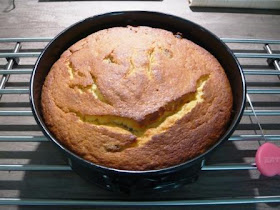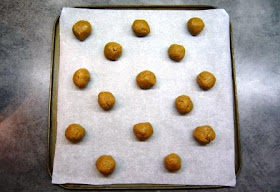This is a cake that I made regularly for many years. I'm surprised I haven't written about it before but can't see that I have. The odd thing is that the book the recipe comes from mysteriously disappeared some time ago. The only other recipe in the book that I used was for something called Italian bread pudding and in my post about that I do refer to almost taking the book to the charity shop several times. Which suggests that I didn't in the end. Or did I?
I also have the same recipe copied out and filed away in my documents on my laptop, which further suggests that I did that before taking the book to the charity shop. I'm not convinced. The net flow of cookbooks is into the house, not out of it. I suspect that the book is lurking in an as yet unopened box of miscellaneous packing dating back to one of our three house moves of recent years.
About a week ago, I invited family members to afternoon tea, courtesy of Zoom.
It was a great success in that we all managed to log on and natter for a while. I was somewhat disappointed when we were the only ones who took the "tea" part of it seriously. And seriously we did, with triangular egg and cress sandwiches (no crusts), scones, the last two chunks of our Easter cake and - the pear and ginger cake rustled up especially for the occasion. We did however substitute a nice chilled rosé wine for tea in the teapot - the milk jug and sugar bowl were just for show and to complete the illusion. Nobody seemed to notice!
This is a very quick cake to put together.
Pear and ginger is a lovely combination and the cake was just as I remembered it, perfect for afternoon tea - or to accompany an illicit glass of rosé!
Ingredients
For the cake
175g unsalted butter
175g caster sugar
175g self raising flour
1 tblsp (6 teaspoons) ground ginger
3 eggs, beaten
For the topping
450g ripe pears
1 tblsp demerara sugar
25g butter
Method
Preheat the oven to 180C / 160 fan / gas mk4. Grease and line the base of a 20cm round springform tin.
Put all of the cake ingredients into a large bowl and, using an electric whisk, beat together until smooth and well combined.
Spoon the mixture into the tin and level the top.
Peel the pears, halve and remove the core with a teaspoon or melon baller. Slice thinly and arrange the slices on top of the cake. Sprinkle with the sugar, dot with the butter and bake for 35-40 minutes until done.
Cuts into 8-10 slices.









































